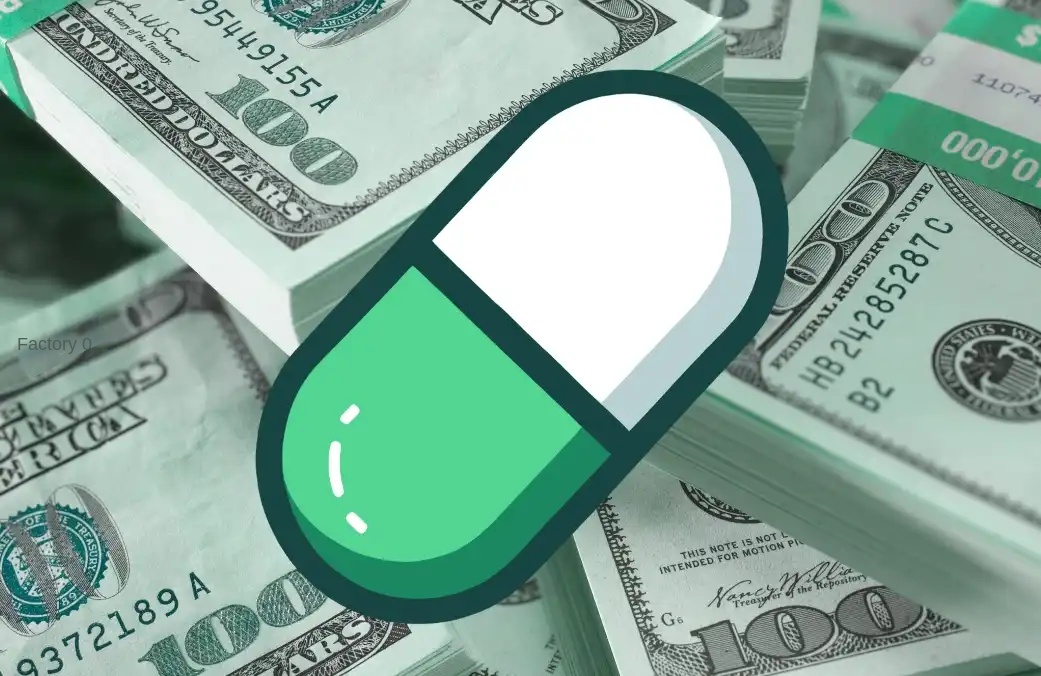Hope.money’s new exploration: Experiment with using LSD as a stable currency reserve
Original source: Hope.money
Continuous innovation and rapid adaptation are the lifeline of the continuous development of DeFi products. Hope.money has been committed to improving our products and bringing more value to the community.
Recently, we have been exploring the possibility of integrating Liquidity Staking Derivatives (LSD) into our ecosystem. Before discussing in detail, let's take a moment to understand what LSD is and why it has become a hot topic.
LSD - The New Frontier of DeFi
With Ethereum's shift to a Proof of Stake (PoS) model, Liquidity Staking Derivatives (LSD) have played an increasingly important role in the DeFi field. Users can stake assets on the PoS blockchain to obtain stable, low-risk passive income, and obtain liquidity tokens (LST) corresponding to their staked assets. These tokens can be used in the broader DeFi ecosystem to provide liquidity for various protocols and earn returns.
Ethereum’s Shanghai upgrade has sparked community interest in Liquid Staking Derivatives (LSD). Who would refuse to get more ETH while still having Ethereum liquidity? As of July 27, 2023, the total locked value (TVL) of ETH LSD reached 10.58 million ETH (about $19 billion), an increase of 130% over the previous year and more than 1220% compared to two years ago. Among all ETH LSD, Lido’s stETH occupies the largest share, with a TVL of 74%, followed by Coinbase’s cbETH and Rocket Pool’s rETH.

In addition to ETH LSD, SOL, DOT and other major PoS blockchain token holders are also using staking platforms to generate passive income by staking native tokens.
Stablecoins and LSD - A Powerful Combination
Among all DeFi applications, stablecoins face the "impossible triangle" or "stablecoin trilemma", that is, the challenge of achieving stability, capital utilization and decentralization at the same time.

· Centralized stablecoins with fiat reserves like USDC and USDT have excellent stability (as long as they can ensure 1:1 USD collateral) and capital utilization, but have low decentralization.
· Overcollateralized stablecoins like DAI are stable without a flash crash of collateralized assets, and are also decentralized because they are usually backed by other cryptocurrencies. However, they have low capital utilization efficiency (more than $1 of capital is required to create a stablecoin pegged to $1).
· Algorithmic stablecoins like UST (RIP) have certain advantages in decentralization and capital utilization, but often lack the support of stable collateral, which often leads to a death spiral once the community has a systemic crisis of confidence.
In order to meet the challenge of capital utilization, more and more stablecoins backed by LSD have begun to emerge, including Lybra Finance and Raft. This strategy allows stablecoin holders to earn native returns on their collateral assets (ETH) while minting stablecoins, thereby reducing opportunity costs and maintaining the core features and uses of stablecoins. Of course, this approach also brings some special challenges, including LSD decoupling risks and security risks associated with pledge contracts.
HOPE's LSD Experiment
In the development path of HOPE to become a truly distributed stablecoin, we hope to solve different challenges of the "impossible triangle" at different stages:
· In the early stages, HOPE pursued more capital utilization (the reserve price started at $0.5, providing holders with the potential for future appreciation), and made some compromises on stability (HOPE's reserve price fluctuates with the prices of BTC and ETH) and decentralization (HOPE adopts a three-layer distributed design instead of full decentralization to ensure system stability and maintain its attractiveness to traditional investors).
· As the market and the HOPE ecosystem grow, HOPE will have better stability (as the price of reserve assets rises, HOPE's reserve price will eventually stabilize at around $1) and decentralization (veLT holders will jointly conduct DAO governance).
At this stage, our top priority is to optimize fund utilization and bring more benefits to holders. Therefore, integrating ETH LSD into HOPE seems to be a natural direction of development. We are currently conducting experiments with several partners to try to include ETH LSD in the HOPE reserve pool. This move will enhance the value of HOPE and the entire ecosystem, providing users with more income opportunities and higher fund utilization.
Of course, we are fully aware of the potential challenges and risks in this experiment. Therefore, we will conduct comprehensive research and rigorous testing, and will fully involve the community in relevant decisions. The final decision on this direction will be made by you, the members of the Delicious community, through the HOPE ecological governance vote.
Please stay tuned for more news about the experiment, and we also encourage everyone to join the community to participate in more discussions and provide your valuable opinions for the continuous development of the HOPE ecosystem.
About HOPE
Official website: https://hope.money/
Twitter: https://twitter.com/hope_money_
Discord: https://discord.com/invite/hopemoneyofficial
Telegram: https://t.me/hopemoneyofficial
Medium: https://hope-money.medium.com/
This article comes from a contribution and does not represent the views of BlockBeats
Welcome to join the official BlockBeats community:
Telegram Subscription Group: https://t.me/theblockbeats
Telegram Discussion Group: https://t.me/BlockBeats_App
Official Twitter Account: https://twitter.com/BlockBeatsAsia


 Forum
Forum Finance
Finance
 Specials
Specials
 On-chain Eco
On-chain Eco
 Entry
Entry
 Podcasts
Podcasts
 Activities
Activities
 OPRR
OPRR









